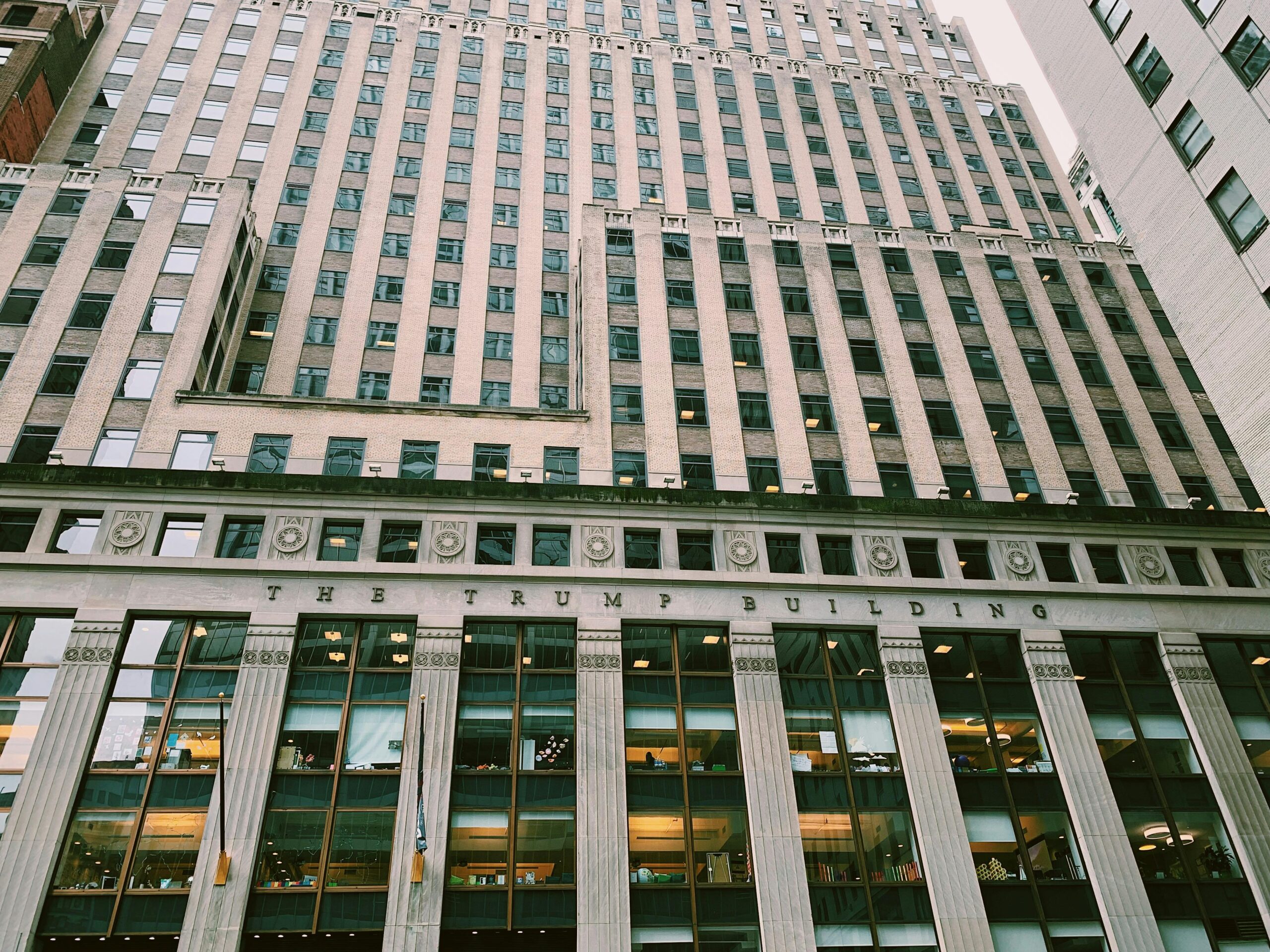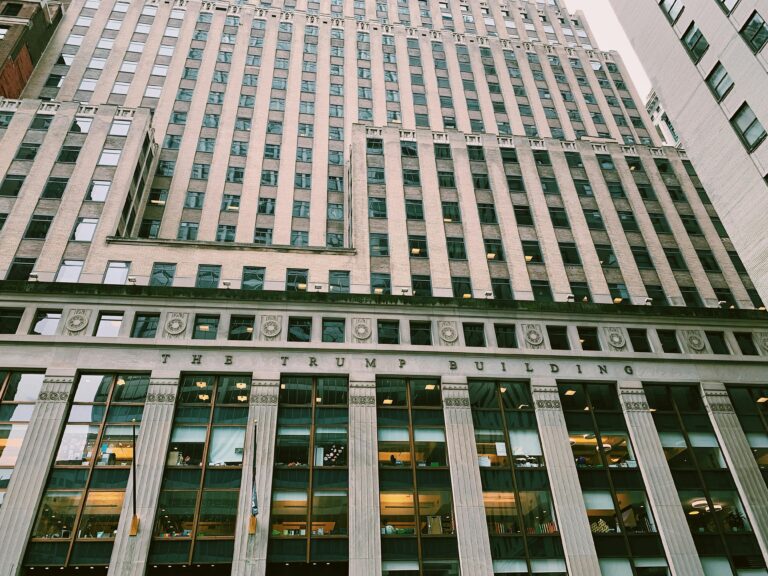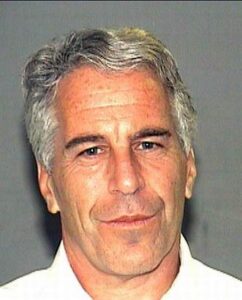
Donald Trump has long been a towering figure in real estate, not just for the assets he’s owned but for the brand he built. Whether it’s the shimmering gold of Trump Tower in Manhattan, the palm-lined fairways of Trump Doral in Florida, or the overseas towers bearing his name, “Trump” has served as both a business entity and a marketing emblem. But in the wake of political controversies, shifting market dynamics, and economic turbulence, Trump-branded properties are experiencing divergent trends.
As the U.S. housing and commercial real estate markets adjust to higher interest rates, evolving tastes, and polarized public perception, the Trump brand has become more than a symbol—it’s a litmus test for how politics and real estate collide. So how are these properties performing in 2025? The answer depends on the type of property, location, and context.
1. Residential Trump Properties: Premium No More
Once known for commanding a luxury premium, Trump-branded condos have seen a notable decline in value, especially in urban markets like New York City. At the height of their popularity, condos in Trump buildings fetched higher prices per square foot than many comparable developments. But that trend has reversed in recent years.
According to property data from Manhattan, units in Trump buildings such as Trump Tower, Trump World Tower, and Trump International have lost between 20% to 50% in value since 2016. In particular, Trump Tower has become emblematic of the shift: its price per square foot has nearly halved over the past decade.
Why the decline? Real estate agents cite a combination of outdated interiors, political baggage, and shifting buyer sentiment. Many buyers—particularly in liberal-leaning cities—actively avoid Trump-branded buildings, even if the units are competitively priced. Others express concerns about resale potential or building association politics.
At the same time, some investors see an opportunity. As prices for Trump condos reach their lowest points in years, value-driven buyers, especially from politically conservative circles or international markets, are starting to take a second look. Whether this will lead to a rebound or simply a stabilization remains to be seen.
2. Commercial Real Estate: Weighed Down by Market Forces
Trump’s commercial office properties, such as 40 Wall Street in New York, face even more daunting challenges. The broader office market in the U.S. is already under pressure due to post-pandemic remote work trends, rising interest rates, and high vacancy rates in urban centers.
40 Wall Street, a landmark Art Deco skyscraper in Manhattan’s Financial District, has been struggling with high vacancies and falling rental income. Reports show the building is operating at a significant vacancy rate—over 20%—and is facing difficulties refinancing debt as lenders shy away from politically charged assets or underperforming office buildings.
Unlike residential buildings that might attract niche buyers, commercial properties depend on broader business confidence and leasing activity. For Trump’s commercial holdings, the market’s current climate isn’t forgiving.
3. Florida Properties: A Stronghold of Brand Loyalty
Where Trump-branded real estate continues to perform well is in Florida. Mar-a-Lago, Trump National Doral, and Trump International Golf Club in West Palm Beach have not only retained their value—they have become cultural hubs for political allies, conservative donors, and members of Trump’s inner circle.
In 2024, Trump’s Florida resorts generated a significant portion of the Trump Organization’s operating income. Mar-a-Lago remains both a residence and a political headquarters, while Doral regularly hosts golf tournaments, private events, and fundraisers. Their appeal lies in their dual function as luxury properties and symbolic venues for the Trump movement.
The Florida real estate boom, driven by migration from high-tax states, has helped prop up prices in the Trump portfolio. Unlike urban liberal markets, Florida’s demographic and political alignment creates an environment where the Trump brand is seen as an asset rather than a liability.
4. International Licensing: Leveraging the Brand Abroad
Even as some U.S. markets cool to the Trump brand, international developers remain interested in associating with the name. In countries like India, Turkey, the Philippines, and the United Arab Emirates, Trump-branded projects continue to launch under licensing deals.
These projects allow the Trump Organization to earn revenue without taking on financial risk. Developers pay to use the Trump name and often receive design, branding, and marketing support. The arrangement has proven profitable, especially in markets where American political controversies hold less weight.
For instance, in 2024, the Trump Organization announced new towers in Dubai and Saudi Arabia, part of a broader Middle East expansion. These developments target affluent investors who are attracted to the Western luxury image that the Trump brand still represents abroad.
5. Legal and Financial Pressures: A Complicating Factor
The Trump Organization is also navigating a complex web of legal and financial issues. Civil fraud trials and investigations into asset valuations have raised questions about the long-term viability of the Trump real estate empire. In particular, accusations of inflating property values to secure favorable loans—and then deflating them for tax purposes—have drawn scrutiny from regulators.
If court judgments lead to asset sales, restructuring, or liens, it could have a ripple effect on the organization’s real estate operations. Investors, tenants, and lenders may grow more cautious, adding pressure to already vulnerable properties.
Still, the Trump Organization has proven adaptable, using its strongest assets to support weaker ones. Golf resorts and licensing deals provide cash flow that helps offset struggles in older buildings or contested assets.
6. The Road Ahead: What to Expect in 2025 and Beyond
Looking forward, Trump-branded properties are likely to continue along divergent paths:
-
Urban residential condos may stabilize at current prices, particularly if the political climate cools or buildings undergo modernization.
-
Commercial office assets face the toughest road, as the broader market for office space remains in flux.
-
Florida resorts and clubs will likely remain strongholds, supported by demographic trends and loyal customer bases.
-
International projects offer continued growth opportunities without domestic political risk.
Should Donald Trump return to public office or maintain a strong political presence, that will undoubtedly affect the trajectory of these properties positively in some areas, negatively in others. The brand, as always, is inextricably tied to the man himself.

Conclusion
Trump-Branded properties, once a universal symbol of luxury and success, is now a more polarized and nuanced asset. In places like Florida and Dubai, the name carries cachet. In cities like New York or Chicago, it often draws criticism or avoidance. Market performance reflects this split.
Ultimately, Trump-branded properties represent a rare case study in how politics, personal branding, and real estate intersect. As the market continues to shift and the political landscape evolves, so too will the fate of Trump’s iconic towers, golf courses, and global ventures. Whether these properties soar or stagnate will depend not just on location or square footage—but on perception.





